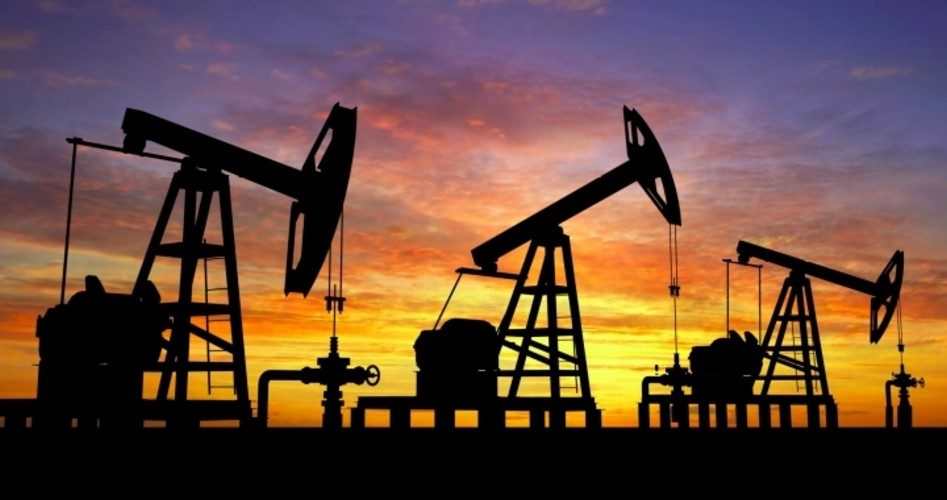
Crude oil prices have jumped by 20 percent in the last week. Forecasters are expecting them to double from here by the summer of 2021.
Olivier Jakob, managing director at the energy consulting firm PetroMatrix, explained why: “You have low crude production in North America … and some improving demand [thanks to] shelter-in-place policies [that are being rescinded].”
Colin Cieszynski, chief market strategist at SIA Wealth Management, agrees: “As more economies start to reopen, crude oil finds itself in the opposite situation, as the forces which [drove] the price collapse — falling demand and a failure to cut production — start to reverse.”
For Edward Moya, senior market analyst at the oil-trading platform Oanda, the shift has been completed: “Demand devastation is fully priced in and the oversupply concerns are slowly easing. Oil prices appear to be taking the staircase up … and continue as expectations for fuel demand … improve.”
Phil Flynn, senior market analyst at Price Futures Group, told Fox Business, “The worst of oil demand destruction is behind us and production cuts are behind us.”
Analysts at international investment banking firm UBS said, “We expect the oil market to be balanced [between supply and demand] in the third quarter [July, August, September], and undersupplied in the fourth.” As a result, they expect Brent (the world benchmark for crude oil prices) to reach $43 a barrel by the end of 2020, and hit $55 a barrel by next summer.
Goldman Sachs Equity Research told its clients on Monday to expect Brent crude prices to hit $56 and West Texas Intermediate (WTI — priced at Cushing, Oklahoma) to hit $51 next year.
With Brent trading at $26 and WTI at $24 as this is being written, commodity traders are taking long positions in order to enjoy the ride.
President Trump was ecstatic, tweeting early Tuesday morning: “Oil prices moving up nicely as demand begins again!”
In the real world, supply and demand rarely remain balanced. While demand is expected to spike as motorists take to the road (vacation plans that have been put on hold are being revisited) and airlines take to the skies, new supplies will be slower in responding, for several reasons.
First, small producers aren’t likely — or will be unable, thanks to reticent investors and nervous bankers — to reverse direction instantly. Rig counts have been dropping steadily as prices have fallen, and getting them back online takes both time and money.
Second, OPEC and Russia (OPEC+) have just begun implementing an agreement to take 9.7 million barrels of oil off the market, as of May 1. For them, reversing direction becomes not only a practical, but a political, problem.
Third, storage facilities are “well supplied,” so producers won’t have a pressing urge to rush new supplies to market, but will remain patient for higher prices to stick before reversing course.
For the American consumer, gas prices under $2 will shortly become a memory, with $3 and then $4 gas likely by next summer.
An Ivy League graduate and former investment advisor, Bob is a regular contributor to The New American, writing primarily on economics and politics. He can be reached at [email protected].



